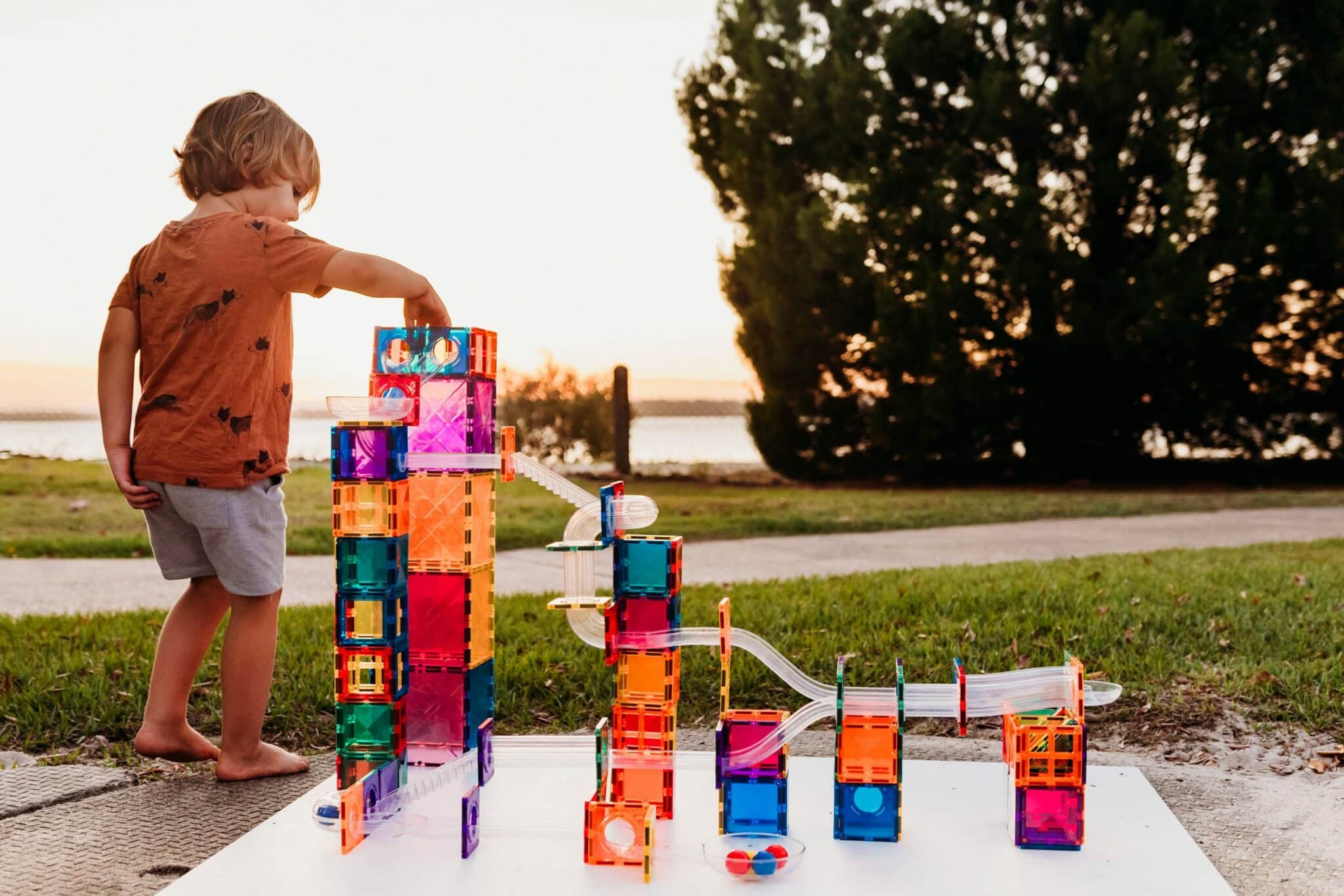
When it comes to choosing educational toys for children, parents have a lot of options to choose from. One popular option is wooden toys. Wooden toys have a number of advantages over plastic toys.
- The advantage of wooden toys is that they are eco-friendly. Wooden toys are made from renewable resources, while plastic toys are made from petroleum products. Petroleum is a non-renewable resource, so plastic toys are not as eco-friendly as wooden toys.
- Another advantage of wooden toys is that they are sturdier than plastic toys. Wooden toys can withstand more wear and tear than plastic toys. This is important because children often play rough with their toys. A sturdier toy will last longer and be less likely to break.
- They are also less likely to contain harmful chemicals than plastic toys. Some plastics contain harmful chemicals, such as phthalates and BPA. These chemicals can be released into the environment when the plastic toy is played with. wooden educational toys do not contain these harmful chemicals.
- They are also more aesthetically pleasing than plastic toys. Wooden toys have a classic look that is timeless. Plastic toys often look cheap and tacky.
- They can also be passed down from generation to generation. Plastic toys are not as durable and are not meant to be passed down. Wooden toys can be passed down and enjoyed by future generations.
- They are also more affordable than plastic toys. Plastic toys are often mass-produced, which makes them more expensive. Wooden toys are often handmade, which makes them more affordable.
- They encourage creativity and imagination. Wooden toys are often open-ended, which means that children can use them in a variety of ways. This encourages children to be creative and uses their imaginations.
- They are also safe for children to play with. Wooden toys are less likely to break and cause injuries. Plastic toys can break and cause cuts and other injuries.
- They are also good for the environment. Wooden toys can be composted or recycled. Plastic toys often end up in landfills, where they will take centuries to decompose.
- They are also educational. Wooden toys often teach children about shapes, colors, and sizes. Plastic toys often do not have any educational value.
- They are also natural. Wooden toys are made from trees, which are a natural resource. Plastic toys are made from petroleum, which is a non-renewable resource.
- They are also biodegradable. Wooden toys will decompose over time, while plastic toys will not.
- They are also non-toxic. Wooden toys do not contain harmful chemicals, such as phthalates and BPA. Plastic toys often contain these harmful chemicals.
- They are also environmentally friendly. Wooden educational toys are made from renewable resources, while plastic toys are made from non-renewable resources.
- Theys are also durable. Wooden toys can withstand more wear and tear than plastic toys. This is important because children often play rough with their toys. A durable toy will last longer and be less likely to break.
Wooden toys have a number of advantages over plastic toys. Wooden toys are eco-friendly, sturdier, less likely to contain harmful chemicals, more aesthetically pleasing, and more affordable. Wooden toys also encourage creativity and imagination and are safe for children to play with.






